Microstructural Origin of Irradiation Hardening and Embrittlement in Irradiated Second Generation FeCrAl Alloys
Principal Investigator
- Name:
- Nathan Almirall
- Email:
- [email protected]
- Phone:
- (208) 526-6918
Team Members:
| Name: | Institution: | Expertise: | Status: |
|---|---|---|---|
| Hamdy Abouelella | North Carolina State University | Characterizing radiation response, FeCrAl cladding, fracture testing, mechanical properties, environmental exposure | Graduate Student |
| Stephen Taller | Oak Ridge National Laboratory | dislocation loops, Irradiated Microstructure, Ferritic Martensitic Steels, Radiation Induced Segregation, ion beam analysis, Helium, Void Swelling, Post-Irradiation Examination, Voids, Ion Beam Irradiation, Nickel Alloys, In Situ Ion Irradiation, Austenitic stainless steels, Transmission Electron Microscopy (TEM), Helium Effects | Other |
| Caleb Massey | Oak Ridge National Laboratory | Mechanical Properties, Microscopy, FeCrAl, Atom Probe Tomography, Uranium Alloys, Neutron Irradiation, Ion Beam Irradiation, Zircaloy-4, ODS | Other |
| Xiang (Frank) Chen | Oak Ridge National Laboratory | Mechanical Properties, PIE, Fracture toughness, Ni alloys | Other |
| Rajnikant Umretiya | General Electric Global Research | Characterizing radiation response, FeCrAl cladding, hydrothermal corrosion, environmental exposure | Other |
Experiment Details:
- Experiment Title:
- Microstructural Origin of Irradiation Hardening and Embrittlement in Irradiated Second Generation FeCrAl Alloys)
- Hypothesis:
- We propose to study the relationship between the microstructure and irradiation hardening and embrittlement using detailed post irradiation electron microscopy. We will study the hypothesis that radiation-induced embrittlement and fracture toughness of second generation FeCrAl cladding alloys are dominated by small dislocations and amorphized particles at low irradiation temperatures with both dislocations and precipitates dissolving at high irradiation temperatures to soften the alloy.
- Work Description:
- We are proposing to perform detailed electron microscopy on two irradiated FeCrAl alloys. These alloys were irradiated in HFIR to an estimated damage of 18 dpa at target irradiation temperatures of 200, 330, and 500°C. The samples currently exist as fractured pieces of M4CVN (miniature 4-Charpy V-notch) bend bars. Each specimen will likely need to be sliced to reduce the overall activity for transfer to LAMDA and then polished with colloidal silica for subsequent electron backscatter diffraction acquisition. Nanoindentation will be performed near the fracture notches to collect hardness data and identify stressed microstructures for further analysis. On-zone STEM imaging and EDS will be used to quantify the dislocation line density, dislocation loop size and density, precipitate composition, and structure at selected sites. Determination of the dislocation loop morphology (interstitial vs. vacancy) will be attempted using conventional TEM.
Project Summary
FeCrAl alloys are promising candidate materials for the accident tolerant fuel (ATF) cladding application in Light Water Reactors (LWRs) due to their exceptional corrosion resistance in elevated temperature steam environments. Previous results suggest that the fracture toughness of FeCrAl alloys may be a factor in its deployment for nuclear power applications and FeCrAl undergoes severe embrittlement at low temperatures near end-of-life conditions. However, there is little information on the microstructural origin of these observations. Previous studies suggested intermetallic precipitates from the minor alloying elements, such as Mo and Si, were responsible for crack formation under tensile stress in as-fabricated FeCrAl but may dissolve or undergo amorphization under irradiation. Additionally, dislocation loop formation under irradiation is expected to contribute significantly to embrittlement. Thus, characterizing the dislocation loop microstructure and the radiation response of secondary phases in FeCrAl is critical to understanding their irradiated properties. We propose to investigate the relationship between the irradiated microstructure and irradiation hardening and embrittlement of two irradiated FeCrAl alloys near end-of-life conditions using detailed post irradiation electron microscopy and nanoindentation. We will investigate the hypothesis that embrittlement is dominated by small dislocations and amorphized particles at low irradiation temperatures with both pre-existing dislocations and precipitates dissolving at high irradiation temperatures to soften the alloy. Candidate Generation II FeCrAl alloys, C06M and C36M, representing the bounding compositions of FeCrAl originally pursued for ATF applications, were irradiated in the High Flux Isotope Reactor (HFIR) at nominal temperatures of 200, 330 and 550 °C to about 18 dpa. The proposing team seeks to use, through the Nuclear Science User Facilities, the Low Activation Materials Development and Analysis (LAMDA) facility at ORNL for sample preparation, nanoindentation and detailed post irradiation electron microscopy. Nanoindentation will produce hardness data to compare with previous Vickers microhardness and inform locations for lamella extraction. TEM lamella will be produced for two alloys irradiated at 3 different temperatures for subsequent scanning transmission electron microscopy (STEM). On-zone STEM imaging and energy dispersive x-ray spectroscopy (EDS) will be used to characterize dislocations and secondary phases. There are 6 samples and thus, in total, the proposed experiments will require an estimated 24 hours for nanoidentation, 36 hours for lamella preparation and 60 hours for post-irradiation examination. Quantitative size distributions for dislocation line density, dislocation loops and precipitating phases will be obtained and correlated to the radiation embrittlement through the Vickers microhardness and a dispersed barrier hardening model. Completion of the proposed study will provide several outcomes: produce quantitative analysis of the irradiated microstructure of candidate ATF alloys, compare microhardness and nanohardness to link the techniques across length scales, determine contributions of different microstructural features to the irradiation induced embrittlement, deepen the understanding between the irradiated microstructure, hardness, and fracture toughness, and thus from these, fill a critical knowledge gap in microstructure-property relationships for FeCrAl alloys. This knowledge is critical to understanding how the minor element composition can be tailored to reduce embrittlement in FeCrAl alloys for LWR applications.
Relevance
The Office of Nuclear Energy (DOE-NE) mission is to advance nuclear energy science and technology to meet U.S. energy, environmental, and economic needs. Following the Fukushima in 2011, DOE-NE began supporting the development of Accident Tolerant Fuels (ATF) under the auspices of the Advanced Fuels Campaign (AFC), NE-42. These efforts, in collaboration with three industry teams, have advanced both near-term and long-term ATF concepts aimed at providing enhanced coping time in the event of a design basis accident before radioactivity release. Present ATF technologies are aimed at reaching batch reload by 2025 and achieving widespread implementation by 2030. Key to this implementation is to provide a scientific basis for the continued testing and eventual licensure of ATF concepts. FeCrAl alloys are promising candidate materials for ATF cladding applications due to their exceptional corrosion resistance at nominal operating conditions and to the elevated temperature steam environment in a potential accident scenario. Global Nuclear Fuels has successfully irradiated FeCrAl lead test rods in the Plant Hatch (GA) beginning in 2018, with post irradiation examination of the irradiated lead test rods commencing in 2021. Two separate FeCrAl alloy compositions are currently being irradiated in commercial reactors: Fe-12Cr-6Al, commercially designated ‘IronClad,’ and a higher Cr content commercial alloy APMT (Fe-21Cr-5Al). The higher Cr content provides improved corrosion and high temperature steam resistance, but this is accomplished at the expense of enhanced embrittlement under irradiation. The specific correlation between Cr and Al content and degradation of mechanical properties under irradiation at temperatures relevant to LWR operation in FeCrAl alloys is not well understood, and the limitations of commercial reactor testing dictate that only a few alloy compositions can be tested. It is therefore critical that test reactor irradiated materials should be used to elucidate these correlations and inform final determination of ATF FeCrAl composition. This RTE focuses on the generation of radiation effects data for second generation candidate FeCrAl alloys, the correlation of this data to the mechanical properties, and the first ever neutron irradiated structure-hardness-fracture property data, and thus, fills critical gaps in both the scientific and engineering aspects of FeCrAl alloys. The compositions available span 10-13 wt.% Cr, encompassing the composition of IronClad but also beyond to provide an understanding of how Cr content impacts microstructural evolution and irradiation embrittlement. The availability of this dataset will support ongoing ATF development activities seeking to determine FeCrAl composition windows that will provide both acceptable corrosion and oxidation behavior while retaining adequate mechanical properties under irradiation.
Please wait
About Us
The Nuclear Science User Facilities (NSUF) is the U.S. Department of Energy Office of Nuclear Energy's only designated nuclear energy user facility. Through peer-reviewed proposal processes, the NSUF provides researchers access to neutron, ion, and gamma irradiations, post-irradiation examination and beamline capabilities at Idaho National Laboratory and a diverse mix of university, national laboratory and industry partner institutions.
Privacy and Accessibility · Vulnerability Disclosure Program

